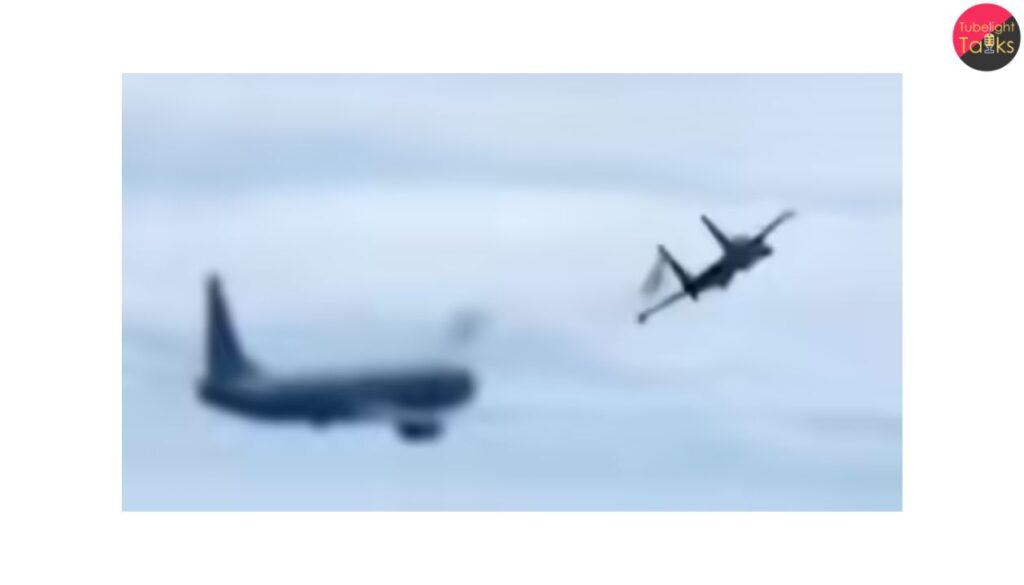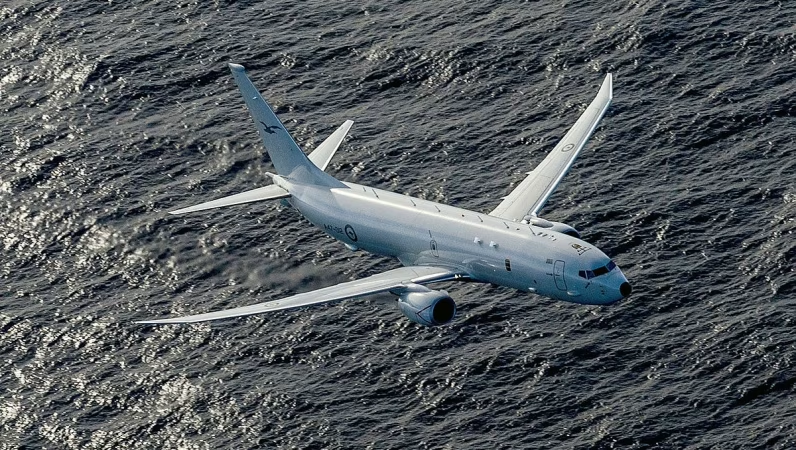Australia Condemns: On 20 October 2025, the Australian Defence Department reported that a Chinese fighter jet approached an RAAF P‑8A Poseidon maritime patrol aircraft over the South China Sea and released flares twice in close proximity to the aircraft. Defence Minister Richard Marles described the action as “unsafe and unprofessional”, warning that the proximity of the flares to the surveillance aircraft posed a significant risk to crew and the aircraft’s mechanical systems. The Australian government lodged a formal diplomatic protest with Beijing, stating the flight was conducted over international waters and airspace in accordance with international law.
The Chinese Position
China’s Southern Theatre Command Air Force countered the Australian account, claiming the RAAF aircraft had “illegally entered Chinese airspace” over the Paracel (Xisha) Islands without permission. A spokesperson, Senior Colonel Li Jianjian, accused Australia of infringing China’s sovereignty and warned of the risk of maritime and aerial incidents arising from such operations.
Strategic Context
Australia–US Relations and Indo‑Pacific Strategy
The incident comes amid heightened Australia‑US cooperation, with Australian Prime Minister Anthony Albanese in Washington for talks with US President Donald Trump that included an $8.5 billion deal on rare earths and critical minerals. As part of the broader Indo‑Pacific security architecture, Australia’s surveillance operations and freedom of navigation activities in contested maritime zones increasingly overlap with Chinese claims and military responses.
Read Also: India–US Relations in 2025
Regional Implications and Risk of Escalation
The South China Sea remains one of the most contested strategic theatres in the world, with China’s expansive claims conflicting with international law and neighbouring states. The flare incident underscores the risk of miscalculation or unintended escalation—especially when military assets operate in proximity.
What’s at Stake & What Comes Next
Safety and Military Conduct
Australia has urged all nations, including China, to operate their militaries “in a safe and professional manner”. The government emphasised the importance of abiding by the United Nations Convention on the Law of the Sea (UNCLOS) and established norms of aerial and maritime surveillance.
Diplomatic Fallout
Australia’s protest requires Beijing’s formal response—whether in the form of public condemnation, private diplomatic notes or operational changes. The timing—just preceding Australia’s top‑level engagement with the US—may influence the diplomatic tone.
Monitoring for Further Incidents

Given the recurrence of similar flare‑dropping or near‑miss incidents, Australia and its allies will be closely monitoring PLA/Air Force behaviour as well as Chinese naval activity in Australia’s maritime approaches. Analysts warn that the next misstep could morph into a wider regional standoff.
When Strategy Meets Responsibility
As air and maritime encounters grow riskier in contested zones like the South China Sea, a deeper reflection on the nature of security becomes essential. The teachings of Sant Rampal Ji Maharaj remind us that true security is not achieved merely through tactical deployments or shows of strength—but through restraint, mutual respect, and a commitment to collective welfare. When military operations are driven by these higher principles, the risk of escalation lessens and diplomacy finds space to work. In this light, incidents like the recent flare drop are not just strategic flashpoints—they are reminders that global stability hinges as much on ethical conduct as on military capability.
FAQs: Australia‑China Flare Incident
Q1. What triggered the incident?
A Chinese fighter jet released flares twice in close proximity to an Australian P‑8A Poseidon surveillance aircraft over the South China Sea.
Q2. Where did this happen?
The encounter took place over what Australia says was international airspace above the South China Sea, near the disputed Paracel/Xisha Islands.
Q3. Were there any injuries or damage?
No injuries or damage to the Australian aircraft were reported.
Q4. What is China’s claim?
China asserts that the Australian surveillance plane illegally entered its airspace and that its military was conducting lawful measures to expel it.
Q5. Why is this incident significant?
It highlights the risks of military aviation operations in contested zones, the potential for miscalculation, and the broader strategic dynamics of Australia–China relations in the Indo‑Pacific.










